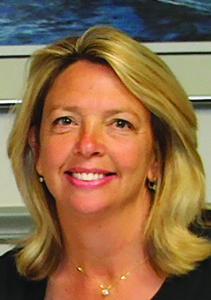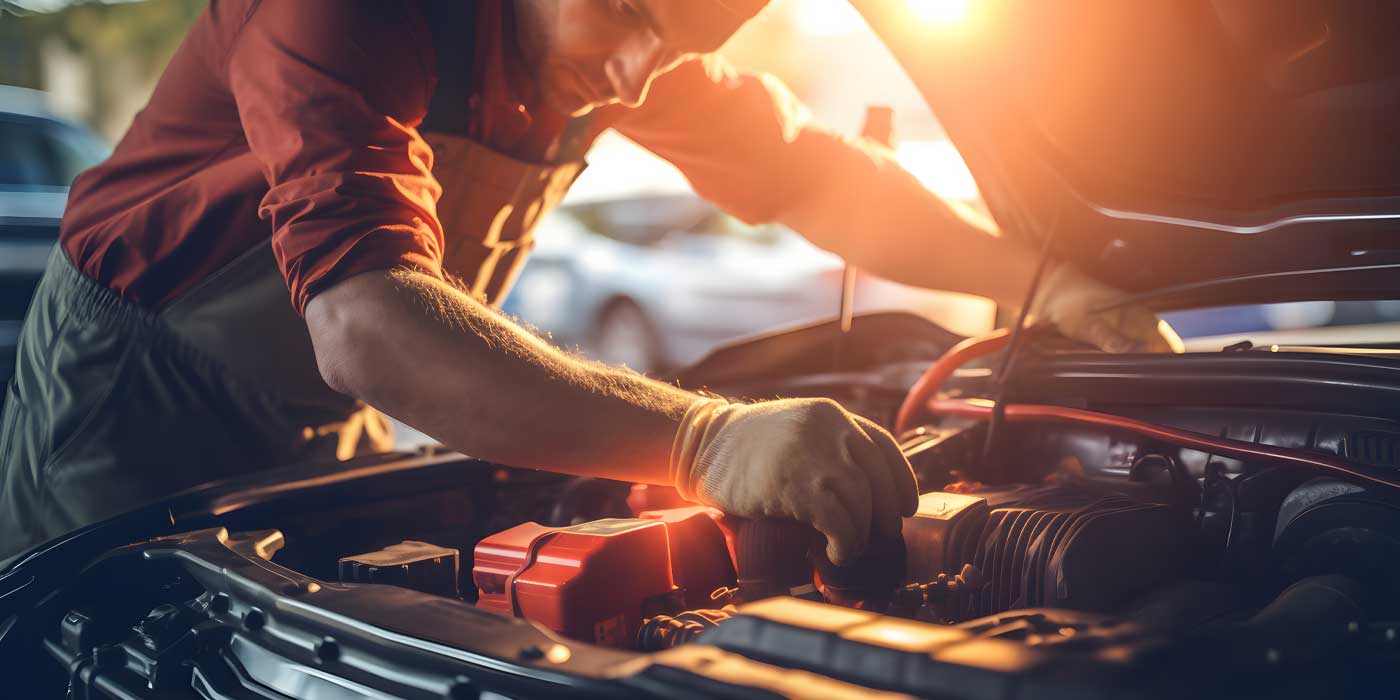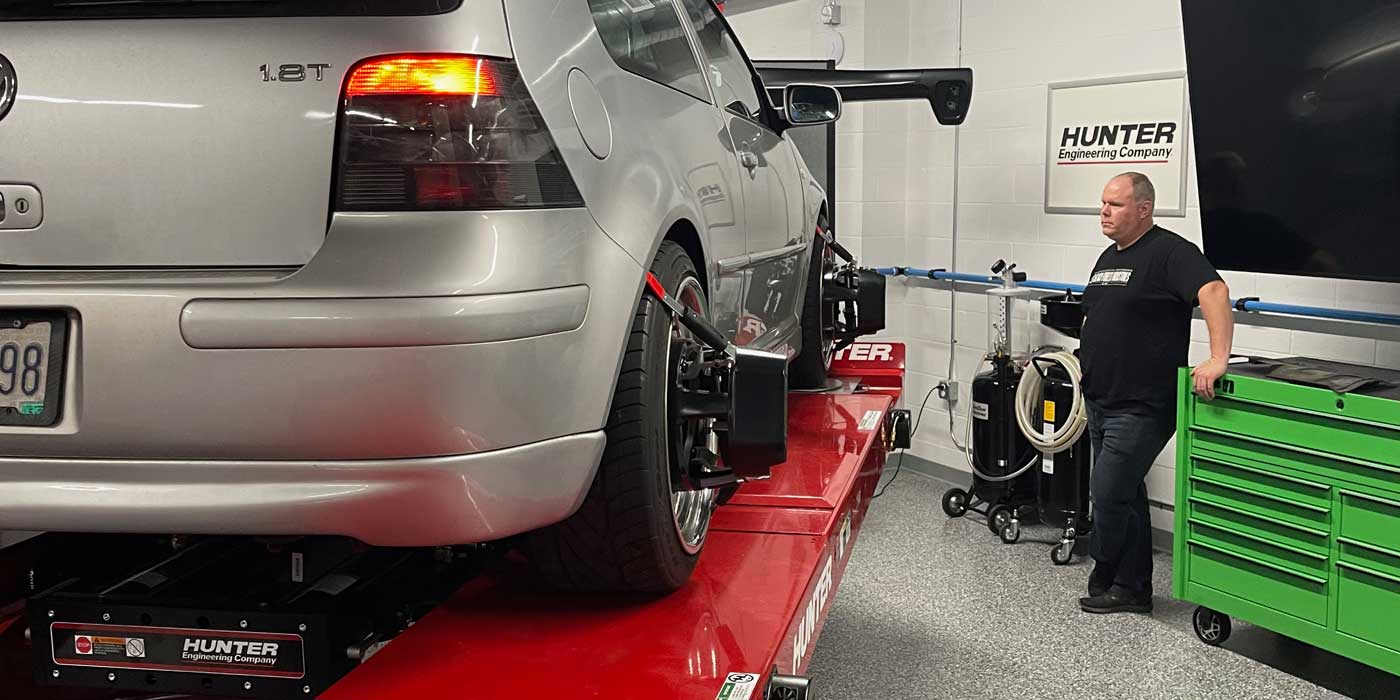If some economic forecasts are correct, the upward momentum the car sales industry has enjoyed for the past few years might be slowing or even coming to a halt. Even if it doesn’t, however, there’s never a bad time for dealers to take a look at their businesses and see where processes could be made stronger and places where waste cut to a minimum.
In this series of our Dealer Panel, we’re asking our panel how they prepare for a potentially cooling market, and how they are working to maintain their forward motion.
AutoSuccess: Service kept many dealerships afloat during the last downturn — how has your service department changed in the past few years to become a bigger profit center
 Andrew DiFeo, GM of Hyundai of St. Augustine: It all goes back to customer retention. We make sure that the sales department does a proper introduction with the service department for new customers who we’ve conquested into the dealership, and that their first service appointment is scheduled for a smooth handoff. In our service department, we focus more on seeing the customer multiple times a year, rather than one or two times a year that might have a bigger ticket, but might prevent the customer come coming back to us in the future. We focus on the quantity of the visits rather than the amount of each ticket when they’re there. Also, we have a vibrant used car department which helps the bottom line for our service department as far as internal work goes.
Andrew DiFeo, GM of Hyundai of St. Augustine: It all goes back to customer retention. We make sure that the sales department does a proper introduction with the service department for new customers who we’ve conquested into the dealership, and that their first service appointment is scheduled for a smooth handoff. In our service department, we focus more on seeing the customer multiple times a year, rather than one or two times a year that might have a bigger ticket, but might prevent the customer come coming back to us in the future. We focus on the quantity of the visits rather than the amount of each ticket when they’re there. Also, we have a vibrant used car department which helps the bottom line for our service department as far as internal work goes.
 Chris Saraceno, VP and Partner of Kelly Automotive Group: We’ve noticed there’s fewer dollars per sale in service, and that there’s usually less maintenance and repairs. It’s really become a volume game. We need to write more repair orders. We need to stay at the same levels and improve consistently, evaluating and reinventing how we do things. We also take a look at if we need as many high-priced technicians today as we did in the past. Many of our OEMs today are also pushing for express service and convenience. This is good because it helps our customers schedule vehicle service and be able to drop in any time they want. We’re very happy that the manufacturers are pushing this because I believe we’ve lost a lot of customers in the past to quick-lane services. We’ve expanded our service hours, as well. I envision that service, to be more convenient for the customer, will eventually stay open for the same hours as sales is open, and I believe in the next decade that will become the norm in our industry.
Chris Saraceno, VP and Partner of Kelly Automotive Group: We’ve noticed there’s fewer dollars per sale in service, and that there’s usually less maintenance and repairs. It’s really become a volume game. We need to write more repair orders. We need to stay at the same levels and improve consistently, evaluating and reinventing how we do things. We also take a look at if we need as many high-priced technicians today as we did in the past. Many of our OEMs today are also pushing for express service and convenience. This is good because it helps our customers schedule vehicle service and be able to drop in any time they want. We’re very happy that the manufacturers are pushing this because I believe we’ve lost a lot of customers in the past to quick-lane services. We’ve expanded our service hours, as well. I envision that service, to be more convenient for the customer, will eventually stay open for the same hours as sales is open, and I believe in the next decade that will become the norm in our industry.
 Kimberly Cardinal Piscatelli, Vice President and Partner of Cardinal Honda: We strive to fix it right the first time, and focus on continuous training for all levels of technicians and advisers. In this way, we grow our own technicians from express techs to skilled diagnosticians. The increasing profitability comes when your technicians are competent to the task at hand, solving problems efficiently and repairing vehicles ahead of schedule the first time. Express service remains the foundation to build tomorrow’s profits upon. Once you master the express service business, you win the loyalty of customers with efficient service and are able to provide multi-point inspection results in quarter time, leading to higher profits as well as higher CSE scores. True success results with constant training of not only techs but also advisors. You can’t settle for second-string players when only an “A” team made of “A” players will do.
Kimberly Cardinal Piscatelli, Vice President and Partner of Cardinal Honda: We strive to fix it right the first time, and focus on continuous training for all levels of technicians and advisers. In this way, we grow our own technicians from express techs to skilled diagnosticians. The increasing profitability comes when your technicians are competent to the task at hand, solving problems efficiently and repairing vehicles ahead of schedule the first time. Express service remains the foundation to build tomorrow’s profits upon. Once you master the express service business, you win the loyalty of customers with efficient service and are able to provide multi-point inspection results in quarter time, leading to higher profits as well as higher CSE scores. True success results with constant training of not only techs but also advisors. You can’t settle for second-string players when only an “A” team made of “A” players will do.
 Mike Good, GM of Street Toyota: Our primary focus has been on customer retention, service appointments and the overall service experience. Strategically, we’ve excelled with aggressive and competitive express service pricing. Also, winning customer’s loyalty has been accelerated through use of a fully functioning in-house service BDC, separate from our sales BDC. The two have a total of 13 employees. They (Service BDC) efficiently handle all incoming telephone and Internet communications, set appointments and answer service-related questions (as they are able) while coordinating special service campaigns, special order parts notification and a wide variety of proactive service reminders. Additionally, service loyalty is aided through use of video inspections during the initial portion of the visit that verify necessary maintenance needs. It all works together to govern the trust, relationship and experience dynamic enjoyed by every service customer.
Mike Good, GM of Street Toyota: Our primary focus has been on customer retention, service appointments and the overall service experience. Strategically, we’ve excelled with aggressive and competitive express service pricing. Also, winning customer’s loyalty has been accelerated through use of a fully functioning in-house service BDC, separate from our sales BDC. The two have a total of 13 employees. They (Service BDC) efficiently handle all incoming telephone and Internet communications, set appointments and answer service-related questions (as they are able) while coordinating special service campaigns, special order parts notification and a wide variety of proactive service reminders. Additionally, service loyalty is aided through use of video inspections during the initial portion of the visit that verify necessary maintenance needs. It all works together to govern the trust, relationship and experience dynamic enjoyed by every service customer.
Next time, we’ll examine how our panel deals with the evolving demands of an increasingly online customer base.
If you have questions or are a dealer who would like to be considered for the panel, please contact us at [email protected].
Dealer Panel








